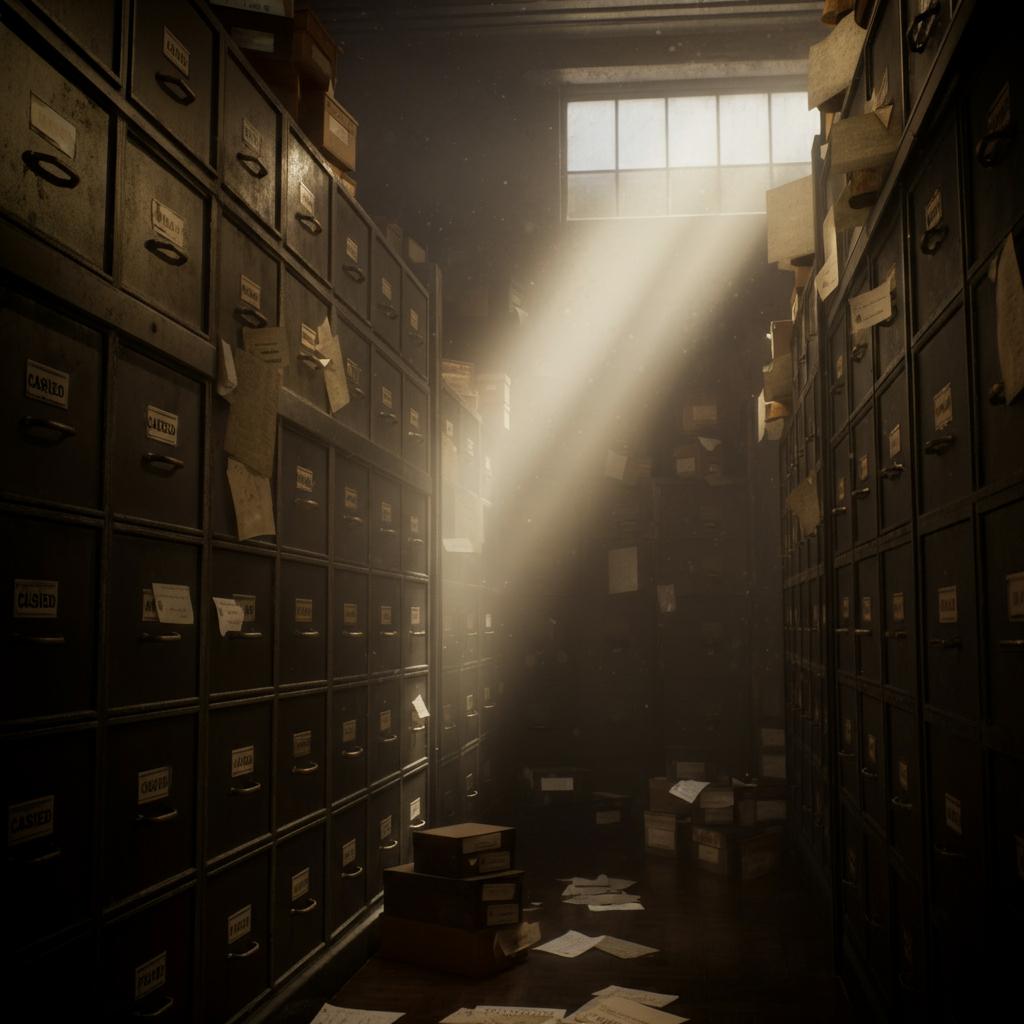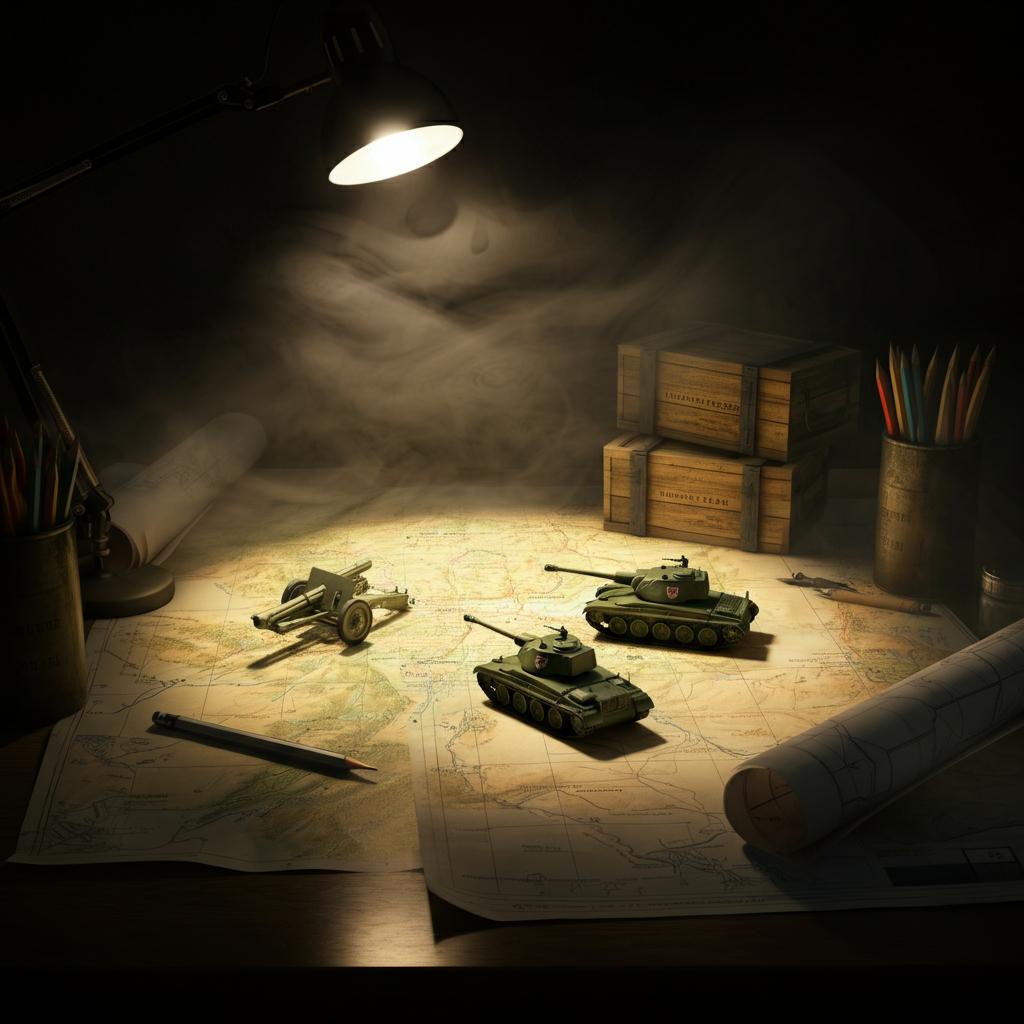Loading video...
US Military Archive: Preserving the Stories of Service
A living history built from the stories and research of a community dedicated to honoring those who served.
Start ExploringUS Military Archive
The U.S. Military Archive is a comprehensive online platform dedicated to preserving and sharing the rich history of the United States military. The website's primary goal is to honor the legacy of service members by providing a platform for their stories to endure for future generations.
Explore Key Features
Discover, Honor, and Preserve US Military History
Your Story is a Part of History
Help us preserve the legacy of service. Contribute your stories, photos, and historical materials to the US Military Archive.
Join & Contribute


